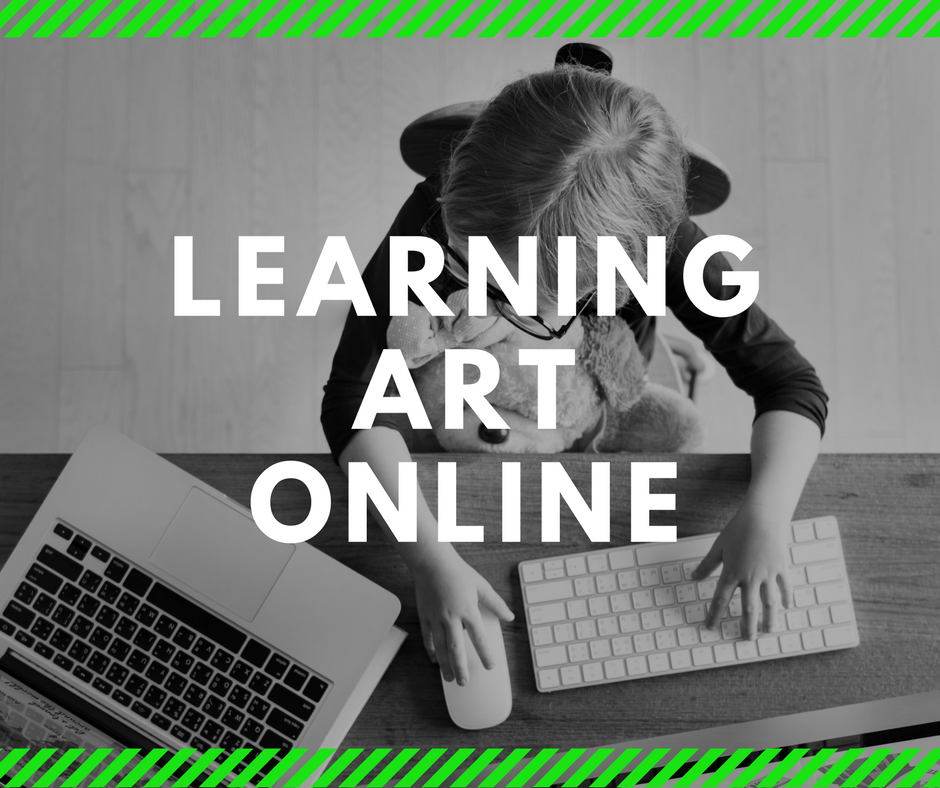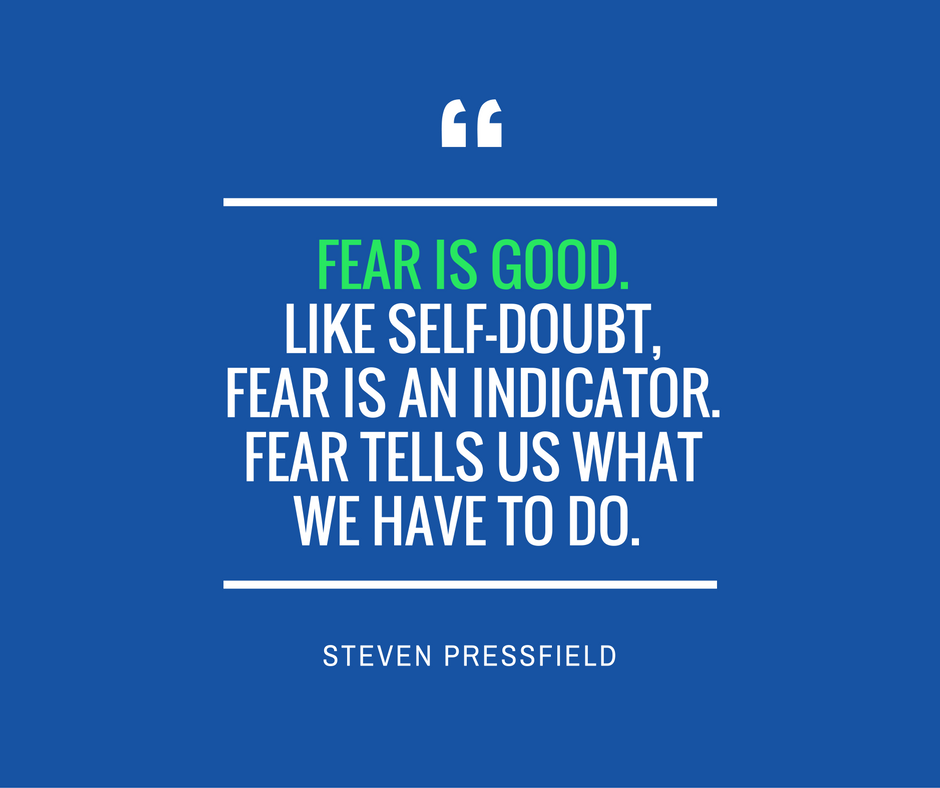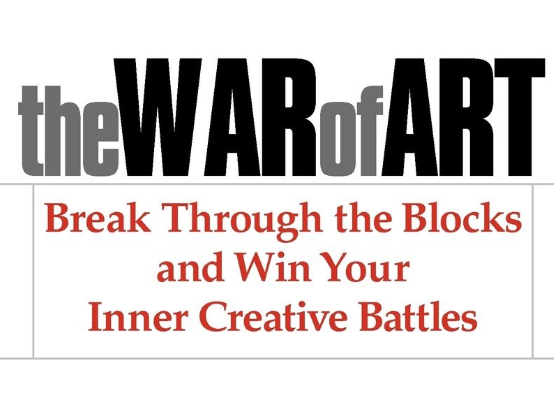
When working with children, we’re often challenged to promote creative thinking. Our challenge is not to “teach” children to think creatively, but to encourage and support them as they engage in authentic creative learning experiences. Too often, adults are faced with standards, expectations, and programs that run counter to the practices of creative and innovative thinking.
Rather than outlining a scripted formula for getting kids to think creatively, we’d like to offer 10 suggestions that are specific enough to be actionable, but open enough to be catalysts into further exploration and practice.
1. Set the stage
Creativity thrives in open and inspiring environments. While these environments might look differently for individual children, creative learning environments are flexible with space and time, and reflect the shared values of inquiry and experimentation.
For more on creative learning environments, click HERE.
2. Lead with questions or problems
Creativity is sparked by questions or interesting problems. As adults, we can encourage children to think creatively when we position a topic or unit of study as a series of inquiry-based questions or problem-based scenarios that allow students to explore various solutions.
3. Provide multiple materials
An easy way to promote creative thinking is to provide an array of materials for children to use in their work. When paper and pencil are just one of many options to express and explore ideas, children are primed with the tools they need to think and represent their thoughts in alternative ways.
4. Encourage independent AND collaborative thinking
Sometimes it’s assumed that collaborative learning is the best way to get kids to think creatively. While it is true that creativity thrives in social experiences and dialogue, it is also important to provide children with time to explore questions and problems independently as well.
5. Focus on the “HOW”
When we are faced with multiple standards and specific information that must be taught, we tend to focus on the “what” in learning. What standards did we cover? What did the children learn? What did they produce? If we want children to think creatively, we must shift our focus to address the “HOW” in their learning. Instead, we should be asking children: How did you solve this problem? How did you answer that question? How did you create this solution?
6. Carve out time
Creativity takes time. A schedule that is compartmentalized and dominated by quantity rather than quality is not conducive for creative thinking. Children need extended periods of time to go deep in their creative thinking, therefore our schedules must demonstrate that we value this time.
7. Celebrate mistakes
Sometimes our best ideas are products of our mistakes. When children are encouraged and allowed to make mistakes, they have opportunities to learn what works and what doesn’t, and this process nudges them toward new ideas and better solutions.
For more on the importance of making mistakes in the learning process, click HERE.
8. Listen, listen, listen
Since creative thinking does thrive in collaborative environments, children must be taught how to listen to their peers. The most effective way for adults to teach active listening skills is to model these skills. When children see us listening and describing how we listen to others, they are learning how put these skills into practice.
For some simple strategies that teach children listening skills, click HERE.
9. Talk, talk, talk
Creativity flourishes in social situations where children can exchange ideas, ask questions, and explain their thought processes. As adults, we can model and encourage the types of dialogue that creative thinkers use in their work.
10. Share, share, share
When creatives share ideas, materials, experiences, and responsibilities, doors are opened into new possibilities and different ways of thinking. Children should have opportunities to engage in the creative process with their peers and to share and receive feedback on their work. This process should be reflective, offering opportunities for children to “think about their own thinking.”
For specific ways to support children as they share and reflect on their creative processes, click HERE.











